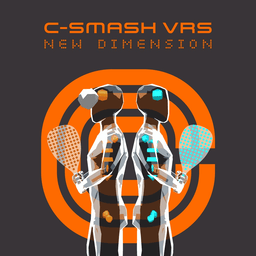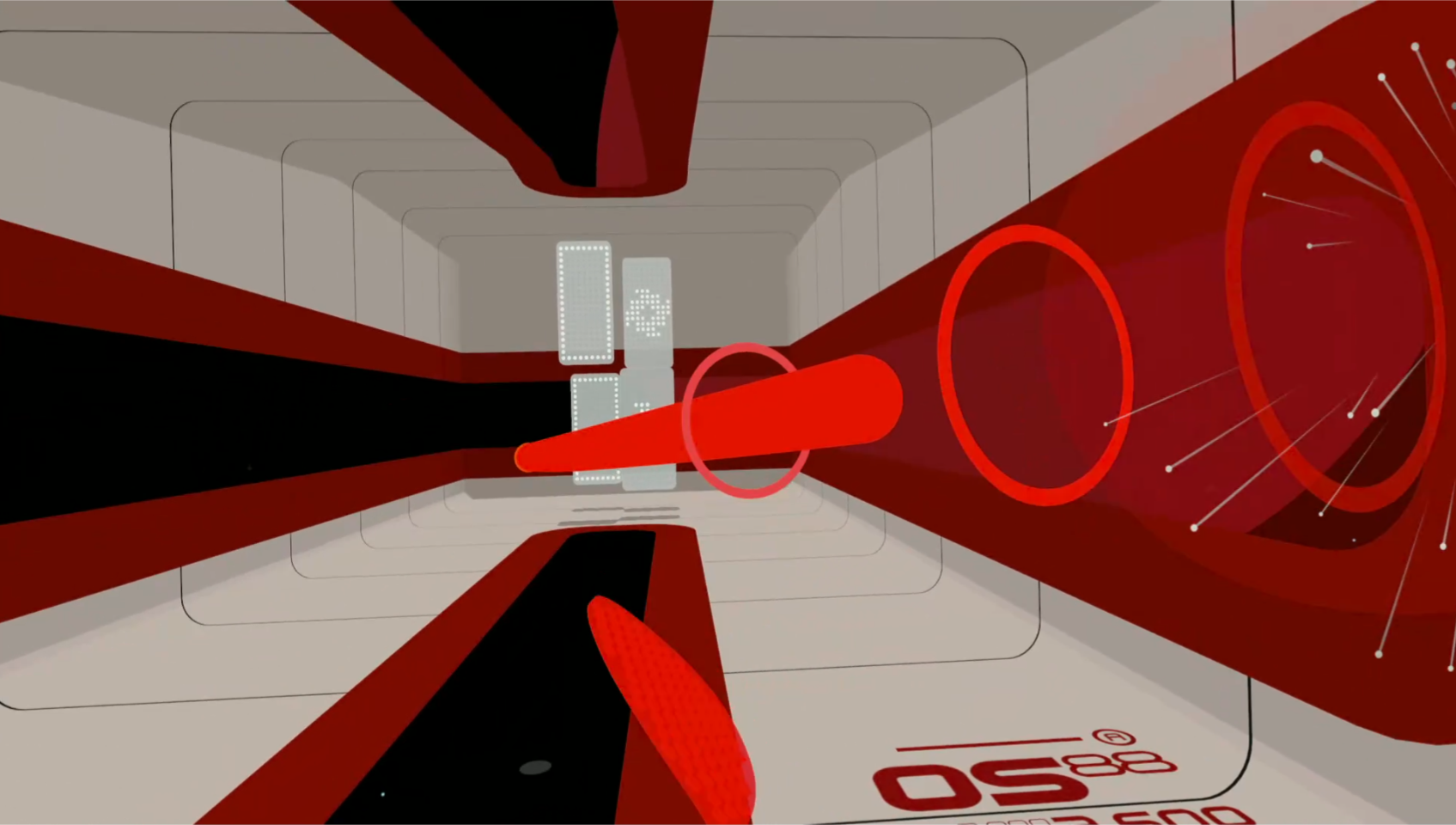GAME CLEAR No. 221 -- C-Smash VRS New Dimension
video games game clear sega ps5 psvr2 playstation rapid eye movers wolf & woodC-Smash VRS New Dimension (2024, PS5/PSVR2)
Update of: C-Smash VRS (2023, PSVR2/Meta Quest/Pico 4)
Developer: Wolf & Wood Interactive
Publisher: RapidEyeMovers
Clear Version: PS5/PSVR2
Clear Platform: PS5/PSVR2
Clear Date: 4/8/25

| Why should I care? |
|---|
| C-Smash VRS is an excellent, stylish proof of concept for virtual sports. |
Breaking out
Sports are great. Many sports video games are also great. It is nevertheless my belief that few of them really are very sport-like. I alluded briefly to this belief in my post about Rocket League, when I called it the only “real” sports game. Basically, my contention is that most sports simulators abstract away a lot of the complex physical actions required to play a sport. This is fine, and many of them are great fun, but they feel much more like video games than sports. It is, however, with great delight that I welcome C-Smash VRS, a stylish virtual-reality racquetball game, to the Hall of “Real” Sports Games.
Allow me to elaborate on this idea briefly. In a real-life game involving a ball, the action of throwing or catching or striking or shooting the ball requires deft touch and lots of practice to do well. The ball is, of course, subject to various laws of physics and aerodynamics that influence where it goes based on the forces imparted upon it. When this is reduced to simply pressing a button to pass the ball to a teammate, it is quite a reduced experience! This doesn’t mean the games aren’t fun or even difficult in their own right, but it does mean they are different.
Rocket League, the vehicle-based soccer game, subverts this by being based 100% on a realtime physics engine. The way you strike the ball with your vehicle in motion determines precisely how it will careen downfield. You don’t just aim a reticle and press a button to swing a bat, nor do you just press a button until a meter is at the right spot to shoot the ball, with some random numbers generated thereafter to determine your success — it is all based on the way you maneuver your vehicle.
C-Smash is perhaps an even better approximation of sports inasmuch as you are directly moving a racquet with a motion-sensing controller rather than indirectly controlling an avatar in a third-person view. Its gameplay could not be more intuitive: you swing a racquet at a ball to attempt to get it past your opponent.
It’s a bit more complicated than that, but not much. With each successful hit, you also charge up a Smash Shot, which can add bonus effects to your shot on impact. Beyond that, it’s pretty much tennis. The reason it works so well is that it feels so true-to-life. The angle and direction with which you aim your shot seems to always have the desired effect. Getting bouncing ball physics right isn’t exactly tough — indeed some of the earliest games implemented this — but it’s really critical to making a virtual reality experience seem real. What’s more, the realism makes each shot feel like a matter of physical skill, deftness, and touch rather than something more chance-based.

Unfortunately, I have only played the multiplayer mode against a bot, as I’m quite late to this game and had no success queueing for an opponent (I don’t think it was a huge sales success even in its launch window, for that matter). I’m a bit sad about this, since I think this would likely be a cracking PvP experience, but fortunately the single-player game is quite a lot of fun itself.
Appropriately, the solo option is more or less Breakout, which was of course Steve Jobs’s single-player iteration on Pong so many years ago. It’s a bit more sophisticated, though, featuring moving panels, indestructible ones, power-ups, and other gimmicks akin to other copycats like Arkanoid. Still, your goal is to destroy a bunch of panels arranged in front of you by rallying a ball over and over.
It’s not a bad bit of calisthenics, and it demands a level of focus that makes me feel quite drawn into its little world. Between successful rounds, I often feel quite pumped up and find myself dancing to its upbeat electronic soundtrack.
Its main single-player mode, Journey, takes only about 30 minutes to complete, but each stage is scored, assigned a letter grade, and uploaded to online leaderboards. Additionally, you have to chart your own course through its map of levels, so it will take quite a few of these Journeys to see them all. Repeating this sort of stuff for a better score or time certainly won’t appeal to everyone, but I’ve found myself drawn back into it several time since I saw its credits the first time. Its short sessions are perfect for busier days, and it doesn’t hurt that they get the blood pumping a bit too.
I also just enjoy real, physical sports. This is one of the only games I’ve ever played that really captures that feeling in an at-home context. It’s like the promise of Wii Sports made full. I love it.
So while my endorsement of this game as is is wholehearted, I should also mention as a little addendum here that New Dimension, the version of the game I played, is an updated release that also allows PS5 players to play with a gamepad on a TV in a third-person perspective (more like the original Cosmic Smash). While I appreciate that this allows more folks to enjoy the game without purchasing an expensive VR set, I do think it is considerably less fun. But your mileage may vary! If it grows the player base at all, I’m all for it.